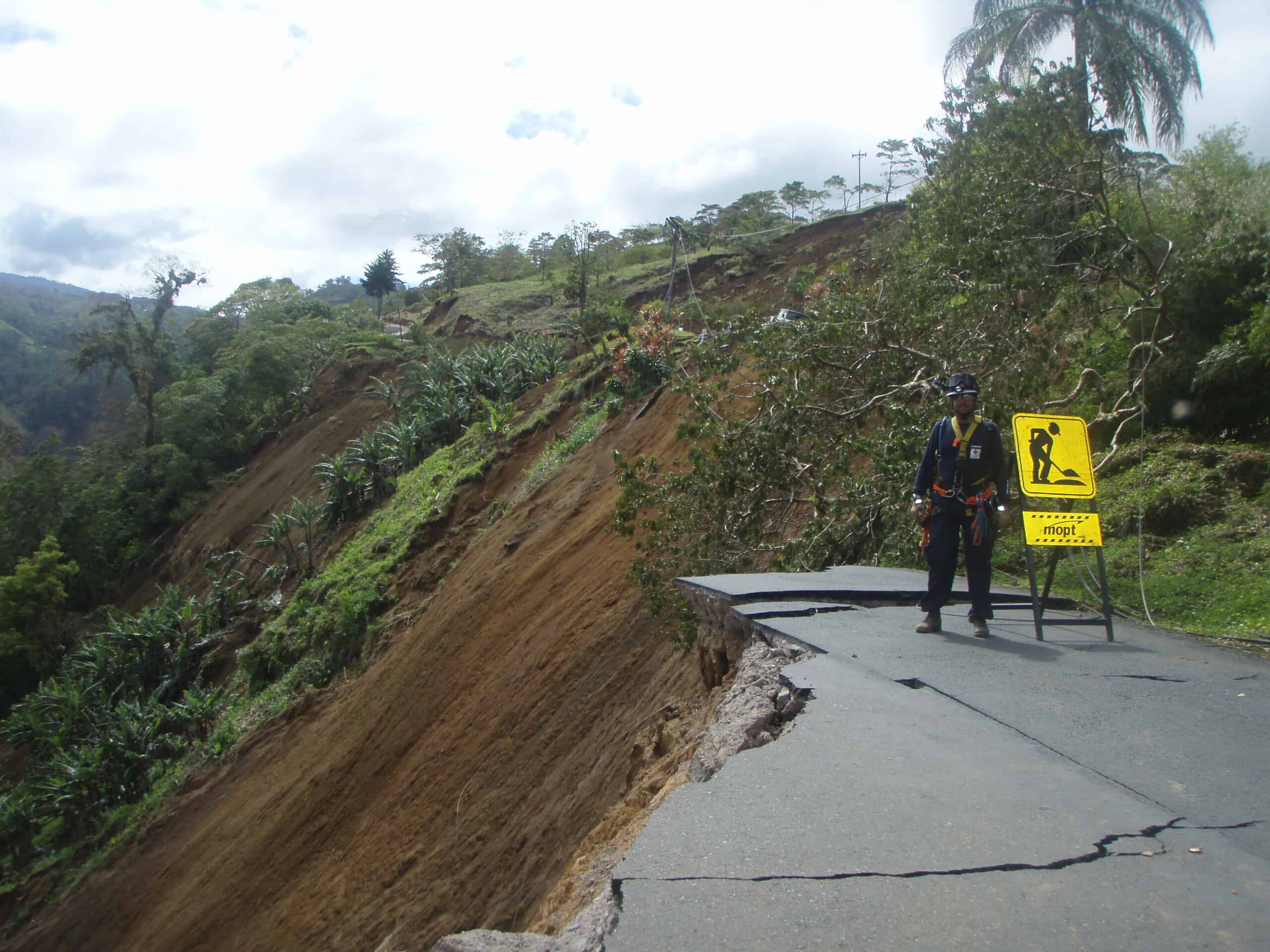Florence for a Day
Top sights in Florence – what to see in a single day

PONTE VECCHIO
It is said that the Ponte Vecchio existed in Roman times as a passageway along the Via Cassia.
After being destroyed and rebuilt a number of times, Ponte Vecchio as we know it today was reconstructed on three arches in 1345, probably by Neri di Fioravante.
The tiny shops of gold merchants ( in the middle ages there were fishmongers, butchers and leather shops ) and the small houses on the sides of the bridge are its most characteristic features.
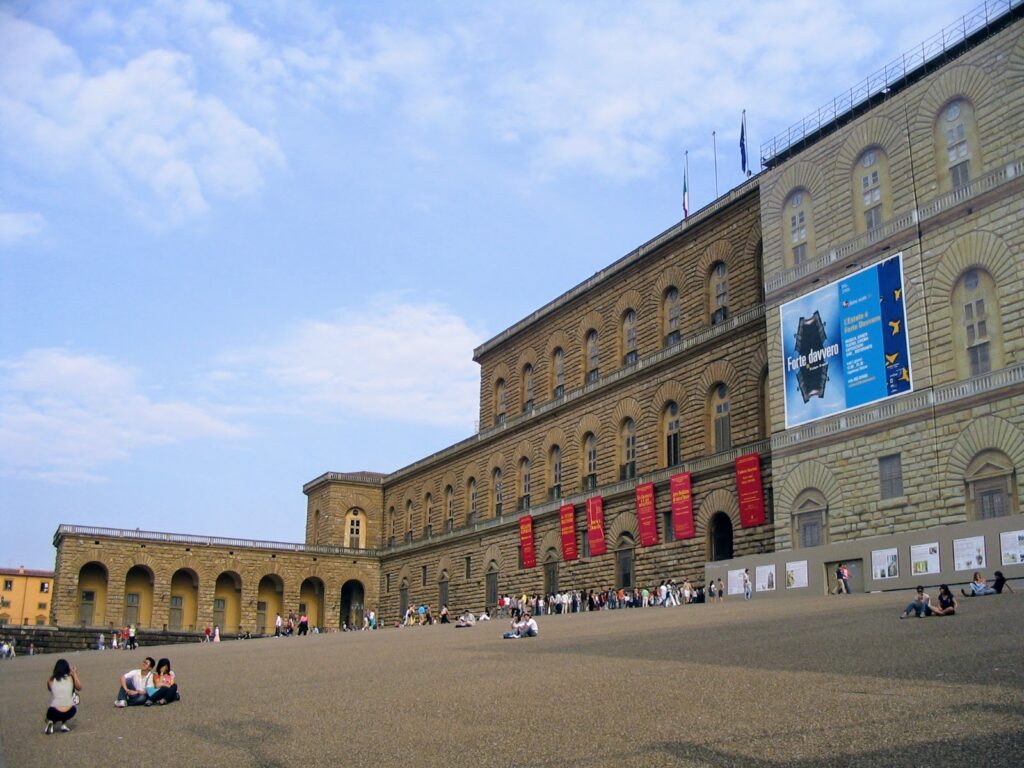
PALAZZO PITTI
Palazzo Pitti was built in 1458 by one of the richest and most powerful families of the era, the Pittis – business rivals of the Medici family.
The appointment was given to Brunelleschi who built only what today corresponds to the central part of the Palace.
It currently houses the Galleria Palatina ( housing works by Raffaello, Giorgione, Tiziano and Rubens ), The Gallery of Modern Art, the Museo degli Argenti and the Museo delle Carrozze.
The famous Boboli Garden is reached through the main entrance of the Palazzo Pitti.
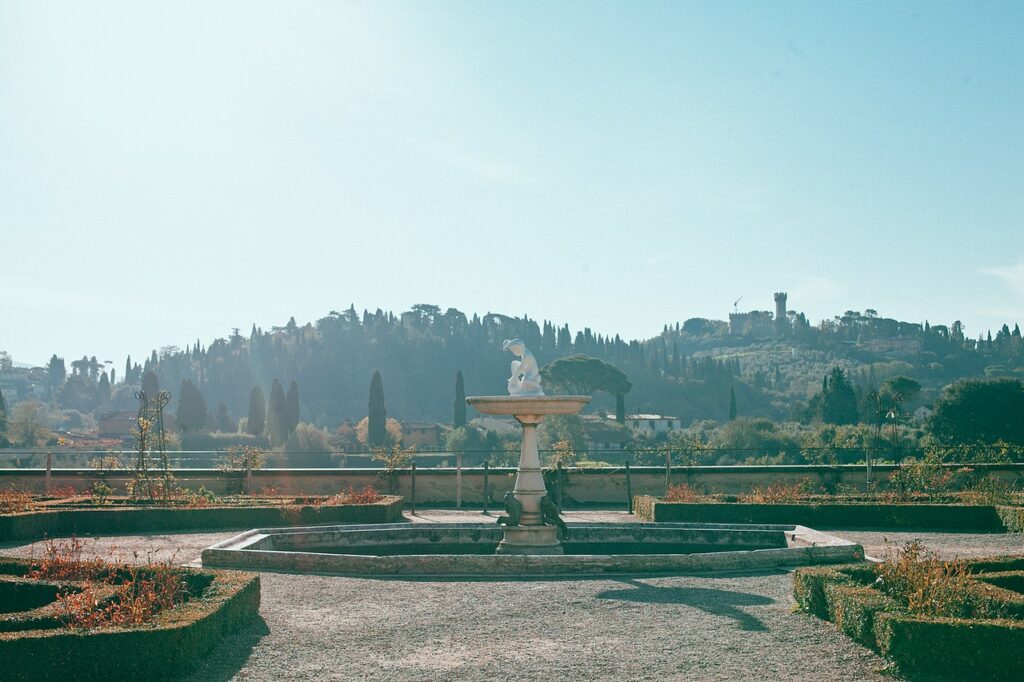
BOBOLI GARDEN
A typical italian – style garden of 16th century which was designed in 1549 by Niccolo Tribolo; it is laid out on terraces behind the Palazzo Pitti, on the Boboli hill, with fountains, groves, paths, caves and an amphitheatre.
The most notable fountains in the garden are: the ” Fountain of the Artichoke “, by Francesco Susini and Francesco del Tadda ( 1641 ); the ” Fountain of the small Bacchus “, by Valerio Cioli, placed near the cave of Buontalenti; the ” Fountain of the Pitchfork ” by Stoldo Lorenzi and the Fountain of the Ocean by Giambologna ( 1576 ) in the Piazzale dell’ Isolotto.
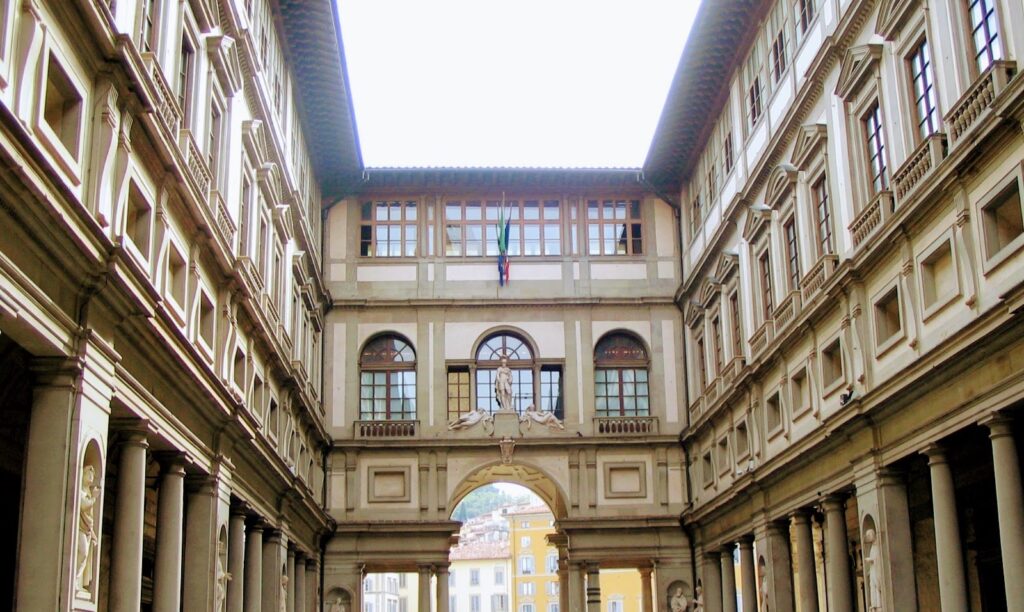
PALAZZO UFFIZI & UFFIZI GALLERY
Palazzo Uffizi contains the prestigious Uffizi Art Gallery. The building, a wonderful architectonic work of Vasari, was begun in 1560 by Vasari and terminated in 1580 by Buontalenti.
The Gallery houses some of Florence’s, Italy’s and world’s most important works of art.

THE CATHEDRAL – S.MARIA DEL FIORE
Florence Duomo
Cathedral was begun in 1296 by Arnolfo di Cambio on behalf of the republic.
When Arnolfo died in 1303 the works were continued by Giotto until his death in 1337.
After that the construction was interrupted and started again by Talenti and Brunelleschi.
In fact only in 1436 Pope Eugene the fourth consecrated the Cathedral with a solemn ceremony dedicated to S. Maria del Fiore.

PIAZZA DELLA SIGNORIA
The Palazzo Vecchio, even known as Palazzo of Signoria, was begun in 1299, designed by Arnolfo di Cambio and completed in 1314. The gothic – style construction was designed to serve as a fortress, to protect the Signoria from popular demonstrations and revolts.
The elegant, slender and battlemented Tower, called Tower of Arnolfo, is 94 meters high. The greatest historical and political events of the city, took place in the square in front of Palazzo Vecchio.
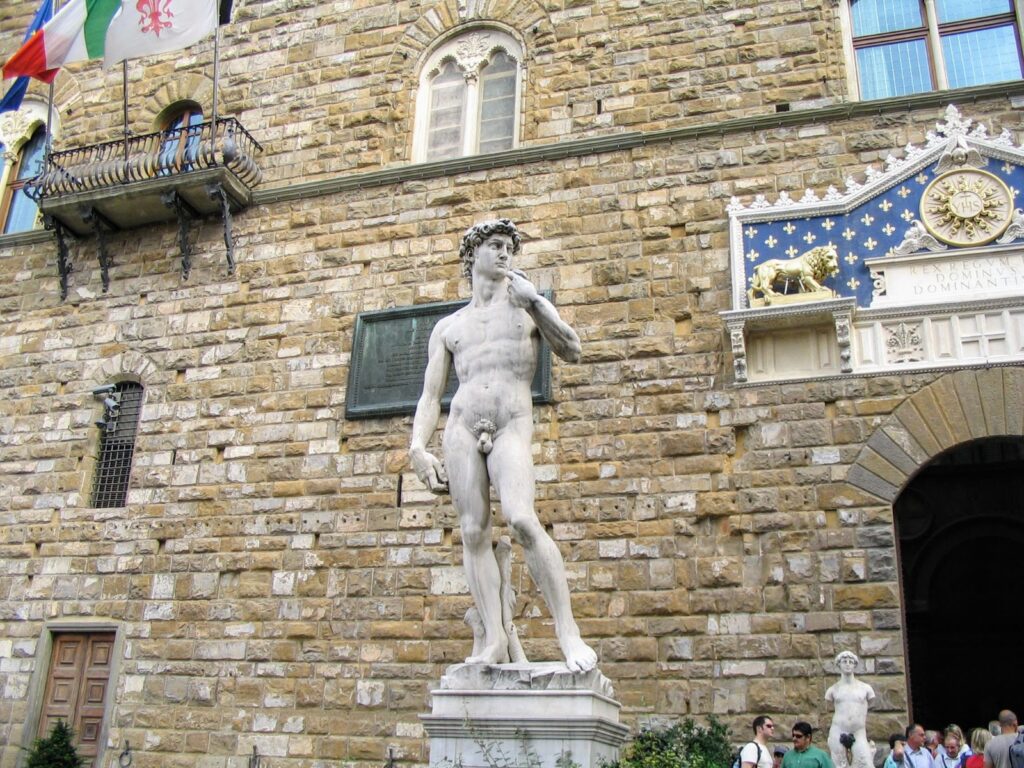
THE DAVID – MICHELANGELO
Work of Michelangelo Buonarroti ( 1504 ) formed from a huge block of marble sculpted originally by the senese Agostino di Duccio to make the Giant. Once the David was completed Michelangelo placed it in Piazza della Signoria ( Florence ).
In 1873, after showing signs of deterioration, the statue was moved into the Galleria dell’ Academia and replaced in the square with a copy.

SANTA MARIA NOVELLA
SANTA MARIA NOVELLA – first great basilica in Florence
Santa Maria Novella was begun by the Architect Friars Sisto and Ristoro in 1246 and finished by Jacopo Talenti in 1360. The interior, of Gothic – Roman style, is divided into a nave and two aisles.
The Campanile dates back to the 14th century. A visit of the magnificent thirteenth – century cloisters, on the left of the church, is highly recommended.
